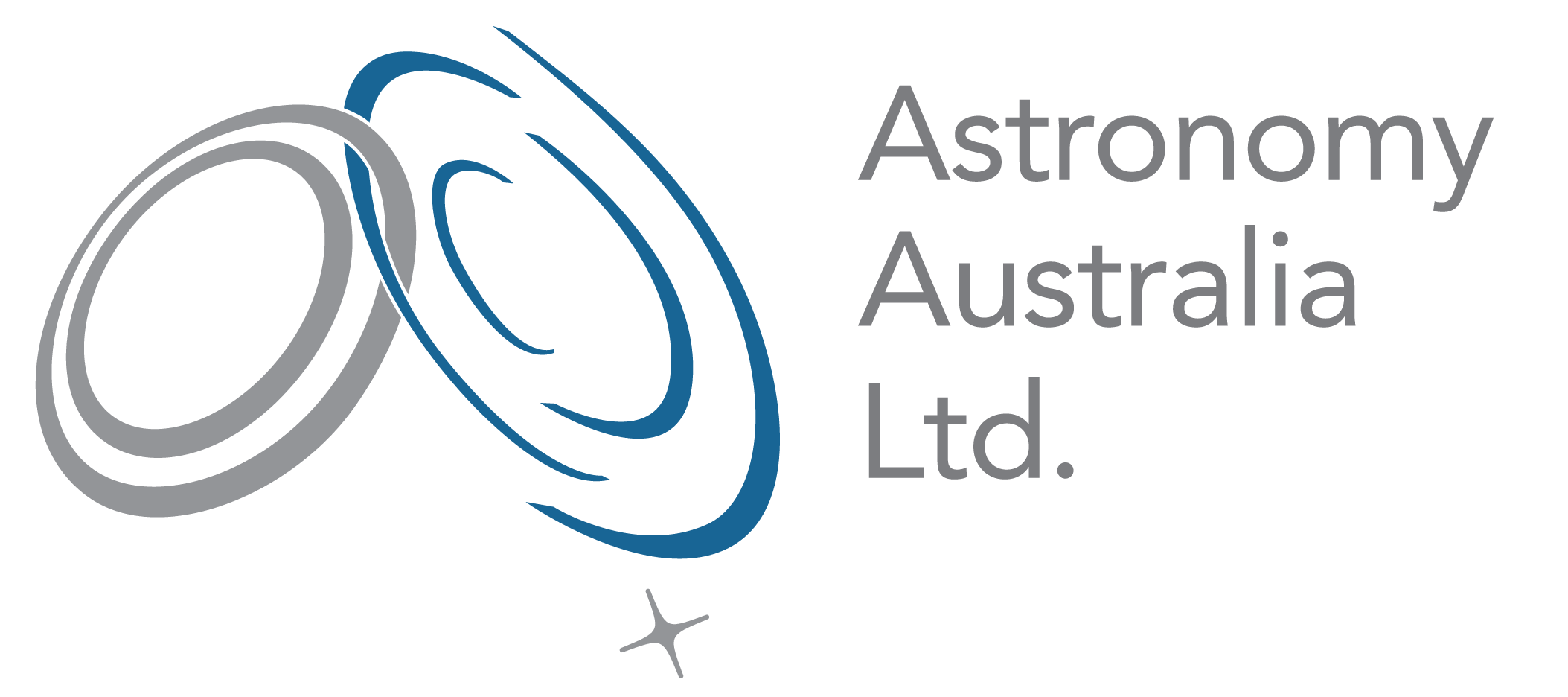A global team led by Macquarie University’s Dr Stuart Ryder and Swinburne University of Technology’s Associate Professor Ryan Shannon have discovered the most distant fast radio burst ever detected, and one of the most energetic. The team determined its location and distance from Earth by using a combination of the world’s best optical and radio telescopes – the European Southern Observatory (ESO) Very Large Telescope (VLT) in Chile, and the Australian Square Kilometre Array (SKA) Pathfinder radio telescope – a precursor instrument operated by CSIRO known as ASKAP.
Fast radio bursts (FRBs) have been an enigma since they were first discovered (using the Parkes radio telescope, Murriyang) in 2007. As their name implies, they are brief but massive bursts of energy. Radio waves from this particular FRB, the most distant to date, took 8 billion years to reach us on Earth. It also released the equivalent energy of our Sun’s total emission over 30 years in less than a millisecond.
While the cause of these bursts is still not known for certain, Australian astronomers are leading the way with cutting-edge FRB research. In 2020, the late Australian astronomer Jean-Pierre Macquart used distant FRBs to ‘weigh’ the universe and discover the missing matter between galaxies, and the 2023 Shaw Prize was awarded to Swinburne University of Technology’s Professor Matthew Bailes for the discovery of FRBs. Bailes shared his award with two other scientists who worked alongside him at Parkes as they found the first FRB.
This latest FRB discovered by Ryder and Shannon is significant in many ways, confirming Macquart’s work while also highlighting the remarkable synergies between the world’s best optical and radio telescopes, and what can be accomplished when these two trailblazing instruments work together.
“Using ASKAP’s array of dishes, we were able to determine precisely where the burst came from,” says Dr Ryder, the first author on the paper, published in Science. “Then we used the ESO VLT in Chile to search for the source galaxy, finding it to be older and further away than any other FRB source found to date, and likely within a small group of merging galaxies.”
Dr Ryder, who is also a Program Manager for AAL, believes that FRBs are an Australian success story, on a par with the development of WiFi by researchers at CSIRO. “The first FRB was found at Parkes/Murriyang, and we’re on the cusp of ramping up the discovery rate with ASKAP thanks to an upgrade designed by CSIRO radio engineer Dr Keith Bannister. We certainly couldn’t have pulled this particular result off without access to both ASKAP plus the VLT via the Strategic Partnership.”
Australia is currently in the middle of a ten-year Strategic Partnership with ESO – scheduled to end in 2027. For Australian researchers to maintain their place at the top of the FRB game, Dr Ryder knows Australia will need to make the transition to full ESO membership. “If Australia is unable to gain access to the ELT via full membership of ESO then we risk surrendering leadership of this field just when SKA and the ELT are due to come on-line.”
Associate Professor Shannon agrees, noting that ASKAP is currently the best radio telescope to detect and locate FRBs, but that their discovery represents the limit of what is achievable with telescopes today. “The international SKA telescopes now under construction in Western Australia and South Africa will be even better at allowing astronomers to locate even older and more distant FRBs. The nearly 40-metre mirror of ESO’s Extremely Large Telescope, currently under construction in the high, dry Chilean desert will then be needed to study their source galaxies.”
“While we still don’t know what causes these massive bursts of energy, our paper confirms that fast radio bursts are common events in the cosmos and that we will be able to use them to detect matter between galaxies, and better understand the structure of the Universe,” Shannon said.
Australian-based astronomers are eligible to apply for time on the VLT and other ESO instruments thanks to the ten-year Strategic Partnership between Australia and ESO. The Strategic Partnership is enabled by the Australian Government Department of Industry, Science and Resources (DISR). Astronomy Australia Limited (AAL) supports DISR by overseeing activities and stakeholder communications to ensure Australian astronomers get the best information and access to ESO – see AAL’s ESO webpage for more.
For more information on this discovery, please see media releases from Science in Public, ESO, and Macquarie University.
